The Clivia plant, also known as the Noble Clivia, is a beautiful and auspicious plant with a multitude of benefits. If you’re looking for a new houseplant, this could be the perfect choice for you.
1 What is the Clivia Plant?
Origin and Significance of the Clivia Plant
The Clivia plant, or Clivia nobilis, is a member of the Amaryllidaceae family, native to South Africa. This plant is a perennial herb that typically grows to a height of 0.3 to 1 meter. It is known for its hardy nature and deep root system, allowing it to thrive even in harsh conditions. The leaves are a deep green and form multiple layers, creating a lush and full appearance.
 Clivia flowers can bloom for up to a month
Clivia flowers can bloom for up to a month
Feng Shui Significance of the Clivia Plant
The Clivia plant’s ability to thrive in challenging conditions symbolizes resilience and strength. It represents the idea of overcoming adversity and striving for growth, no matter the circumstances. The abundant blooms of the Clivia plant signify prosperity and good fortune, particularly in one’s career. Additionally, the long-lasting nature of its flowers represents sustained prosperity and success.
 Clivia flowers symbolize resilience and strength
Clivia flowers symbolize resilience and strength
The Clivia plant is traditionally used as a New Year decoration, as it blooms around the Tet holiday. It is believed to bring good luck, ward off misfortune, and usher in a year of abundance and well-being. The bright orange flowers of the Clivia plant are particularly auspicious for those with Fire and Earth elements in Chinese astrology. They are said to bring positive energy and good fortune to those with these zodiac signs.
Additionally, the Clivia plant is considered especially lucky for those born in the years 1979, 1931, and 1991.
Characteristics and Classification of the Clivia Plant
The Clivia plant produces vibrant flowers in shades of yellow, red, and orange. These blooms are long-lasting, often remaining vibrant for up to a month. The fruits of the Clivia plant are small, bright red berries that take a year to ripen. It is important to note that the Clivia plant has a long growth period, requiring at least six years from seed to flower.
2 Benefits of the Clivia Plant
In addition to its Feng Shui significance, the Clivia plant offers a range of practical benefits. It is an excellent decorative plant, adding a touch of natural beauty to any space. The Clivia plant is also believed to absorb electronic radiation from phones and computers, protecting your eyesight.
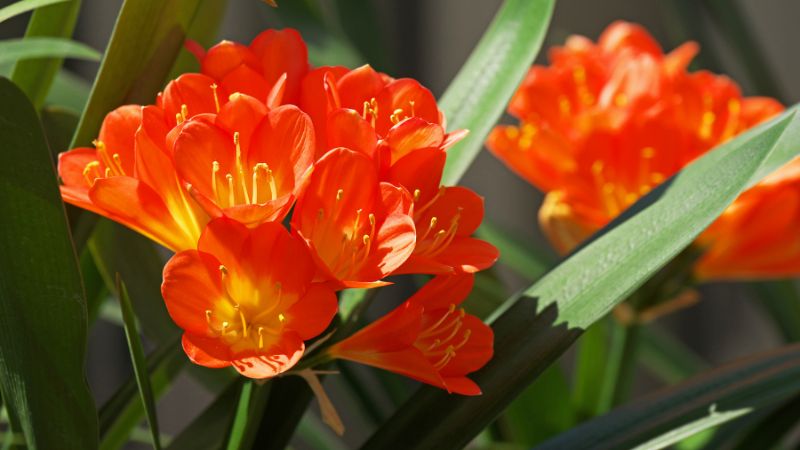 Clivia plants help purify the air
Clivia plants help purify the air
The Clivia plant is an effective air purifier, creating a fresh and healthy environment. It also makes a thoughtful gift for loved ones or friends who are celebrating a grand opening or housewarming. Giving a Clivia plant expresses your sincere wishes for their success and good fortune.
3 How to Grow and Care for the Clivia Plant
Growing the Clivia Plant at Home
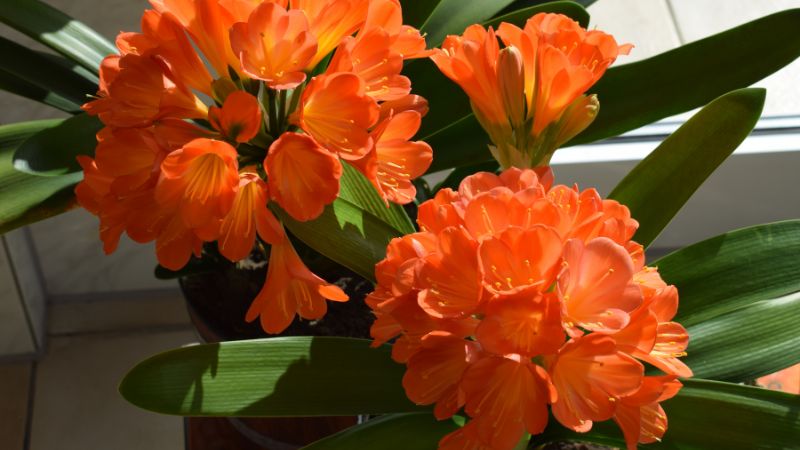 Clivia plants are ideal for those with Fire and Earth zodiac signs
Clivia plants are ideal for those with Fire and Earth zodiac signs
Soil
The Clivia plant thrives in acidic, well-aerated, and nutrient-rich soil. You can create an ideal growing medium by mixing 6 parts of humus or charcoal with 2 parts of dried leaves, 1 part of sandy soil, and 1 part of organic fertilizer. Be sure to plant the Clivia in a pot with drainage holes to prevent waterlogging.
Propagating through Seed Germination
Purchase seeds from a reputable source and soak them in warm water (30-35°C) for about 30 minutes. Then, plant the seeds in the prepared soil mixture. Maintain a temperature of 20-25°C and water the seeds twice a day. Within two weeks, you should see the seeds germinate and begin to grow. Every nine months, replant the Clivia in fresh soil, as the old soil will have degraded and the drainage will be less effective.
Propagating through Root and Stem Separation
You can also propagate the Clivia plant by separating its roots and stems. Use a sharp knife to carefully divide the developing stems, then plant each small branch in the prepared soil mixture. The roots will take about a month to develop, and the plant will flower within two years—a faster process than growing from seeds. However, it’s important to choose a healthy parent plant with multiple offshoots to ensure the best chances of success for the new plants.
Growing from a Seedling
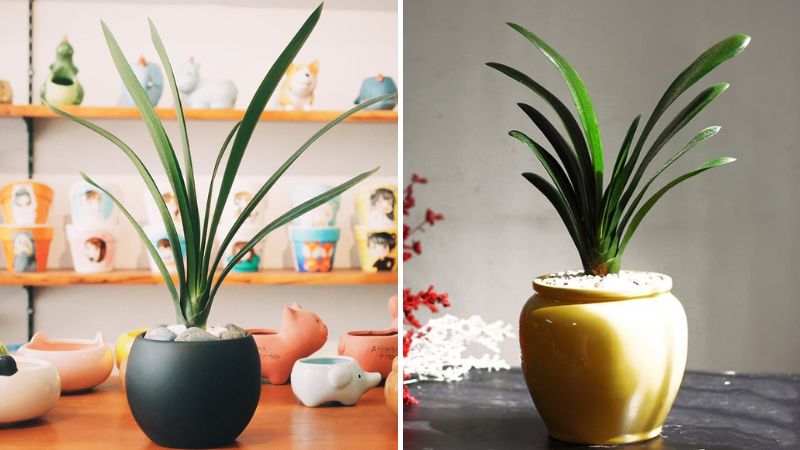 Purchase Clivia seedlings from a garden store
Purchase Clivia seedlings from a garden store
You can also purchase Clivia seedlings from a garden store and plant them in the prepared soil mixture. Water the seedlings two to three times a week, and remember to replant them in fresh soil every nine months.
Caring for the Clivia Plant
Watering, Humidity, and Light
When caring for your Clivia plant, maintain moist soil by watering two to three times a week. If the air is particularly dry and hot, mist the leaves or spray them with water to prevent wilting. While the Clivia plant can tolerate air-conditioned environments, it benefits from being placed in direct sunlight two to three times a week.
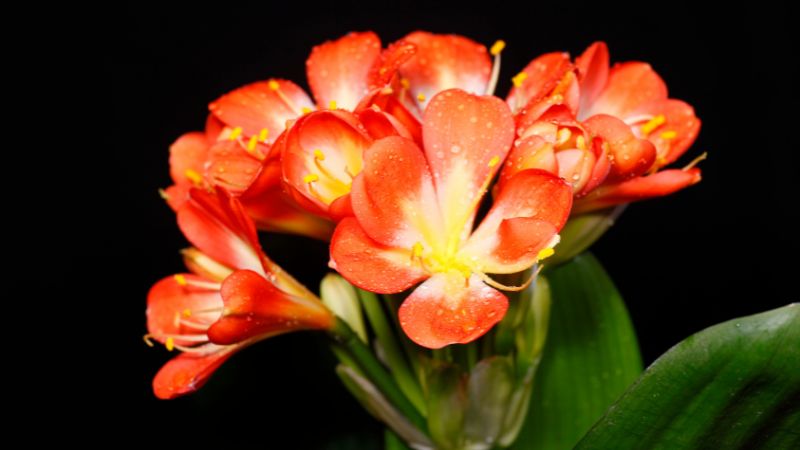 Water your Clivia plant two to three times a week
Water your Clivia plant two to three times a week
Additional Care Tips for the Clivia Plant
- Fertilize sparingly, only once or twice a year. Prune the leaves regularly to maintain the plant’s appearance and prevent mold. Use gardening tools to remove harmful insects and snails.
- Treat the plant with Carbendazim 50% diluted in water and sprayed on the leaves if it shows signs of white mold, root rot, or leaf aphids. Use one 50ml packet for every 100m2 of plant area. If the plant experiences leaf drop, yellowing, or root rot, add organic fertilizer or compost to revive it.
- The Clivia plant is affordable, typically costing between 300,000-400,000 VND for a flowering plant and 600,000-700,000 VND for a non-flowering one.
4 Five Beautiful Images of the Clivia Plant
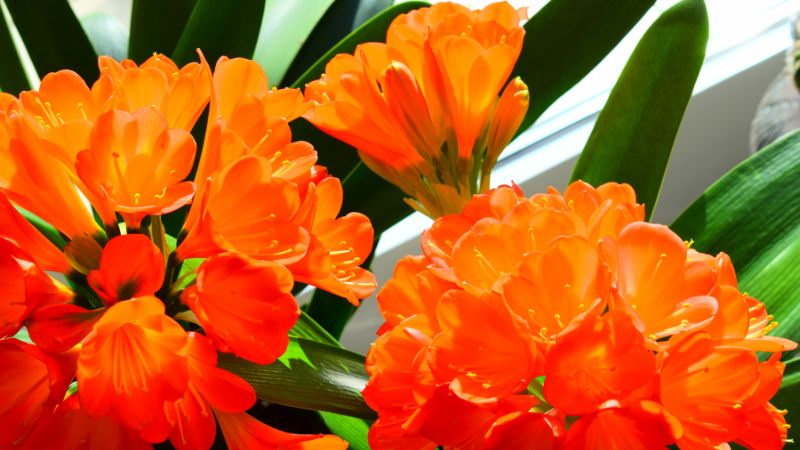 The Clivia plant, also known as the Noble Clivia
The Clivia plant, also known as the Noble Clivia
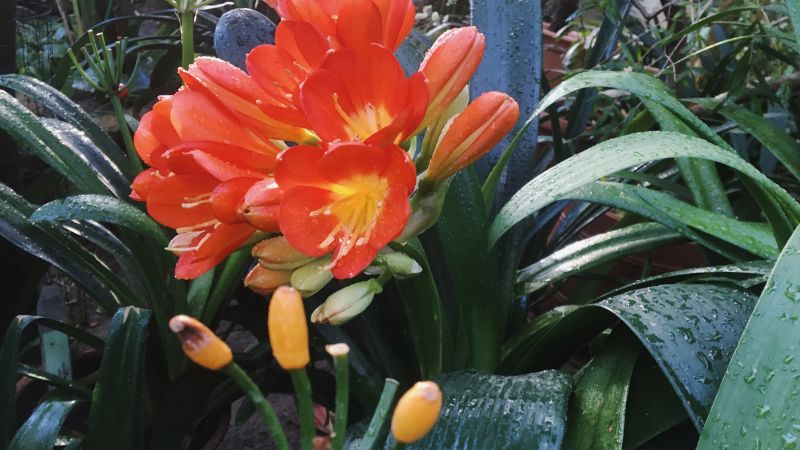 The Clivia plant typically grows to a height of 0.3 to 1 meter
The Clivia plant typically grows to a height of 0.3 to 1 meter
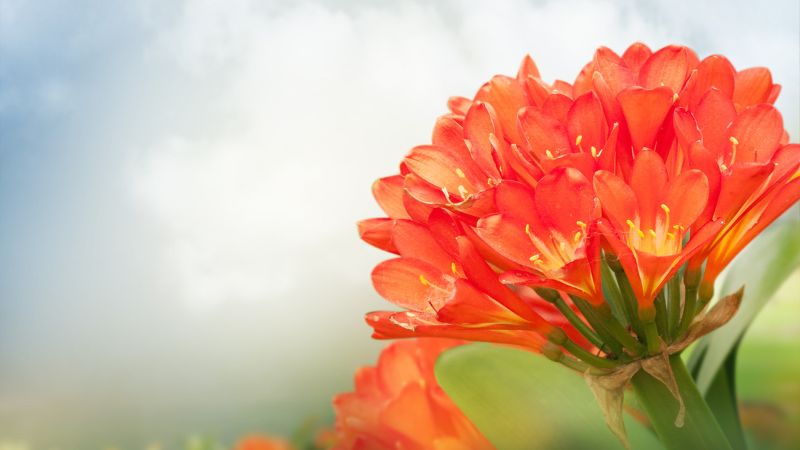 The Clivia plant has a strong root system, enabling it to thrive in harsh conditions
The Clivia plant has a strong root system, enabling it to thrive in harsh conditions
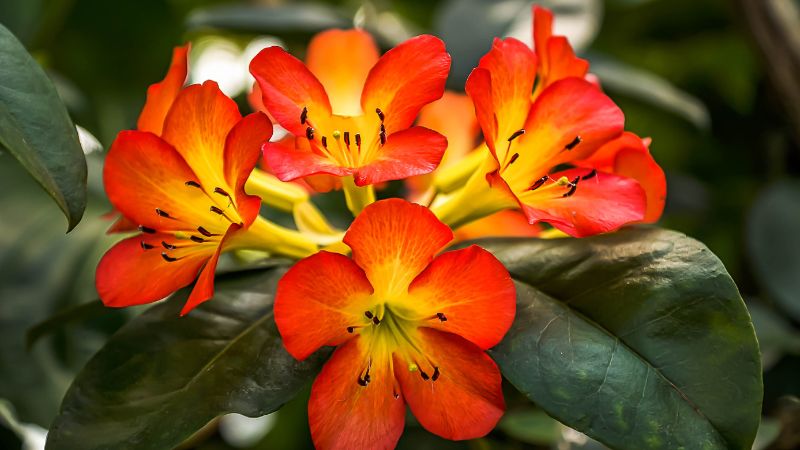 The Clivia plant adds a touch of natural beauty to any space
The Clivia plant adds a touch of natural beauty to any space
We hope you found this guide to the Clivia plant’s care, significance, and benefits informative. May you find the perfect houseplant to bring you joy and good fortune!




































